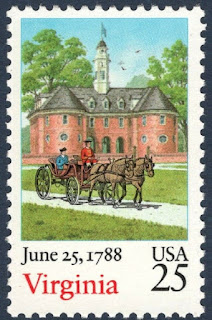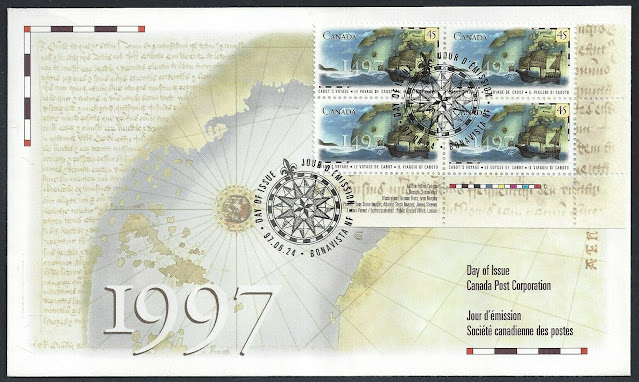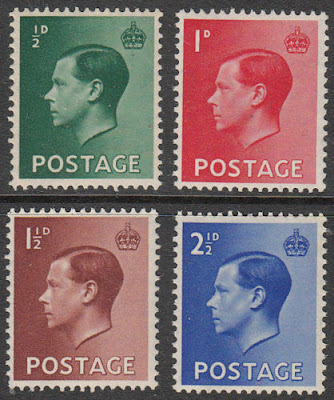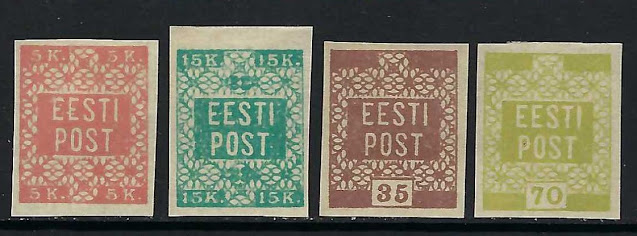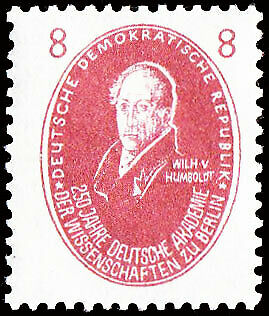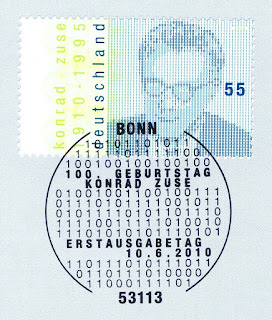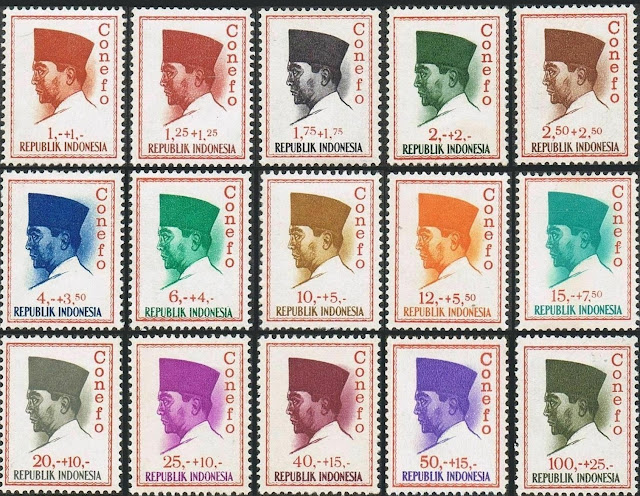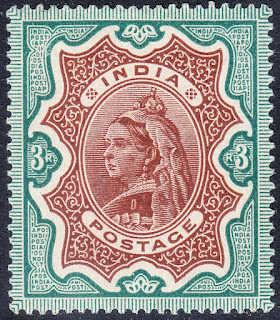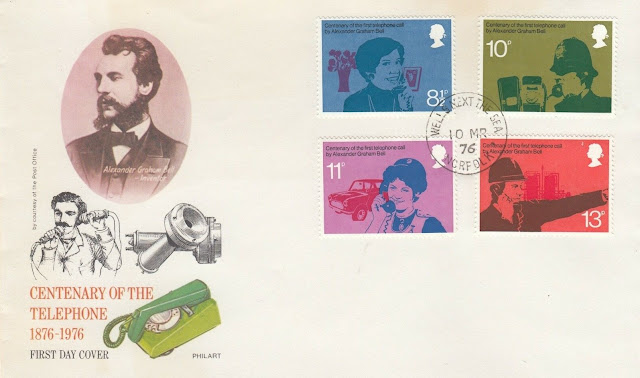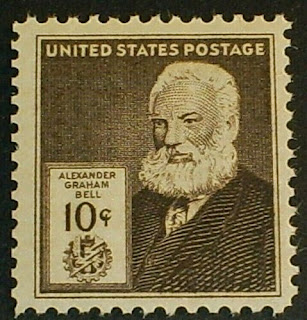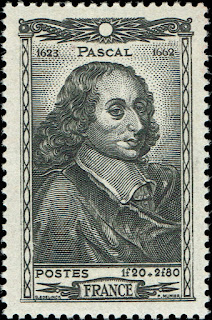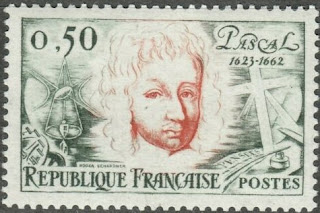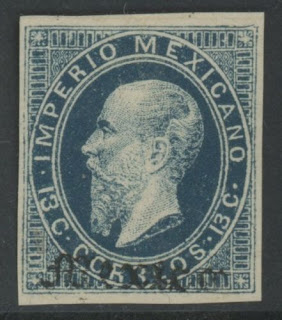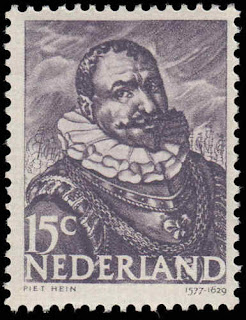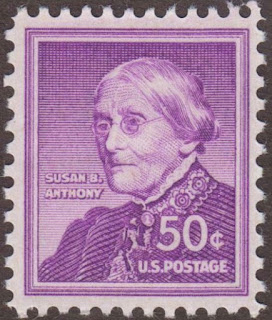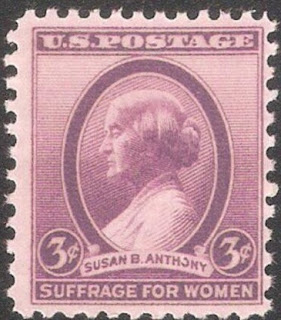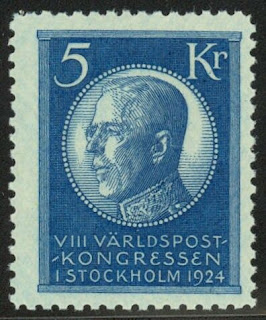Here are some events that happened on June 25th. It could be an event or a person that died or was born on that day
1788 – Virginia becomes the tenth state to ratify the United States Constitution.
Virginia (/vərˈdʒɪniə/ (About this soundlisten)), officially the Commonwealth of Virginia, is a state in the Mid-Atlantic and Southeastern regions of the United States, between the Atlantic Coast and the Appalachian Mountains. The geography and climate of the Commonwealth are shaped by the Blue Ridge Mountains and the Chesapeake Bay, which provide habitat for much of its flora and fauna. The capital of the Commonwealth is Richmond; Virginia Beach is the most-populous city, and Fairfax County is the most-populous political subdivision. The Commonwealth's population as of 2020 is over 8.65 million, with 36% of them living in the Baltimore–Washington metropolitan area.
The area's history begins with several indigenous groups, including the Powhatan. In 1607 the London Company established the Colony of Virginia as the first permanent English colony in the New World. Virginia's state nickname, the Old Dominion, is a reference to this status. Slave labor and land acquired from displaced native tribes fueled the early growth of the colony's plantation economy, but also fueled conflicts both inside and outside the colony. Virginia was one of the Thirteen Colonies in the American Revolution. Virginia was split by the American Civil War, when the state government in Richmond joined the Confederacy, which made that city its capital, but many counties remained loyal to the Union, and formed West Virginia. Although the Commonwealth was under one-party rule for nearly a century following Reconstruction, both major national parties are competitive in modern Virginia.
Virginia's state legislature is the Virginia General Assembly, which was established in 1619 and is the oldest continuous law-making body in North America. It is made up of a 40-member Senate and a 100-member House of Delegates. The state government is unique in how it treats cities and counties equally, manages local roads, and prohibits governors from serving consecutive terms. Virginia's economy has many sectors: agriculture in the Shenandoah Valley; high tech and federal agencies, including the headquarters of the U.S. Department of Defense and Central Intelligence Agency, in Northern Virginia; and military facilities in Hampton Roads, the site of the region's main seaport.
US stamp issued to commemorate Virginia's statehood
1852 Born: Antoni Gaudí, Spanish architect, designed the Park Güell (d. 1926)
Antoni Gaudí i Cornet (25 June 1852 – 10 June 1926) was a Catalan architect known as the greatest exponent of Catalan Modernism. Gaudí's works have a highly individualized, one-of-a-kind style. Most are located in Barcelona, including his main work, the church of the Sagrada Família.
Gaudí's work was influenced by his passions in life: architecture, nature, and religion. He considered every detail of his creations and integrated into his architecture such crafts as ceramics, stained glass, wrought ironwork forging and carpentry. He also introduced new techniques in the treatment of materials, such as trencadís which used waste ceramic pieces.
Under the influence of neo-Gothic art and Oriental techniques, Gaudí became part of the Modernista movement which was reaching its peak in the late 19th and early 20th centuries. His work transcended mainstream Modernisme, culminating in an organic style inspired by natural forms. Gaudí rarely drew detailed plans of his works, instead preferring to create them as three-dimensional scale models and moulding the details as he conceived them.
Gaudí's work enjoys global popularity and continuing admiration and study by architects. His masterpiece, the still-incomplete Sagrada Família, is the most-visited monument in Spain. Between 1984 and 2005, seven of his works were declared World Heritage Sites by UNESCO. Gaudí's Roman Catholic faith intensified during his life and religious images appear in many of his works. This earned him the nickname "God's Architect" and led to calls for his beatification.
Spanish stamps depicting Gaudi's works
1947 – The Diary of a Young Girl (better known as The Diary of Anne Frank) is published.
During World War II, Anne Frank hid from Nazi persecution with her family and four other people in hidden rooms at the rear of the 17th-century canal house, known as the Secret Annex (Dutch: Achterhuis). Anne Frank did not survive the war but in 1947, her wartime diary was published. In 1957, the Anne Frank Foundation was established to protect the property from developers who wanted to demolish the block.
